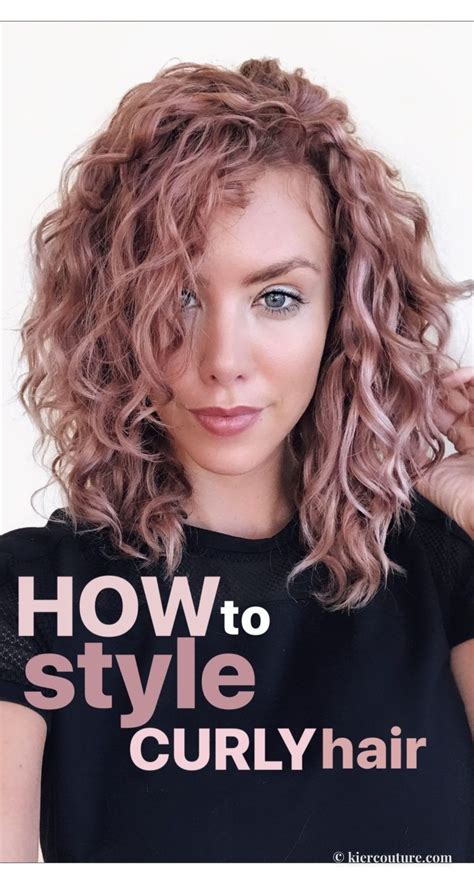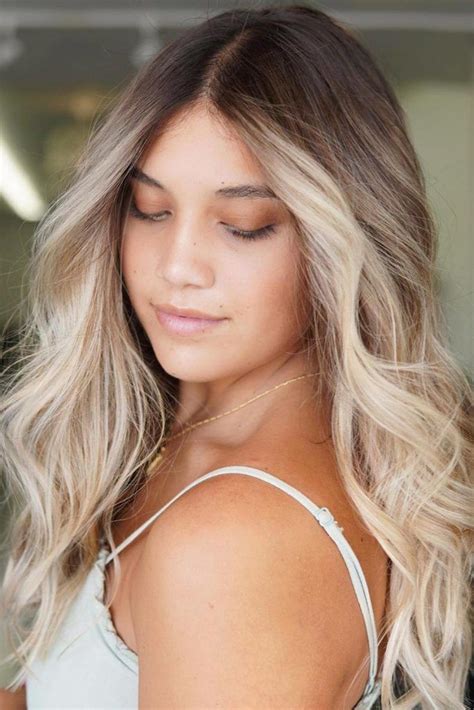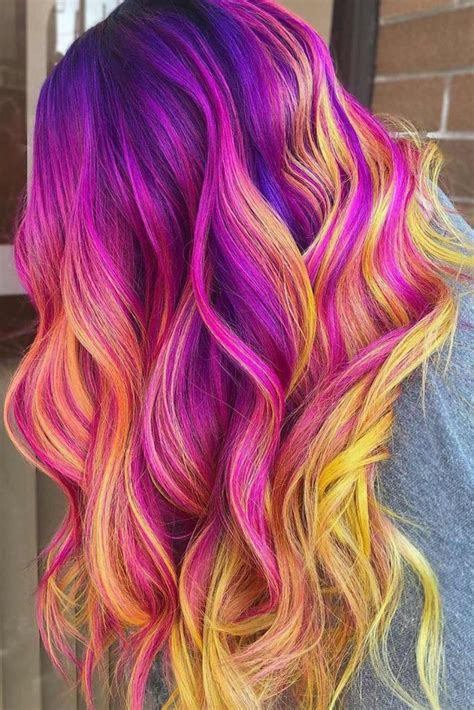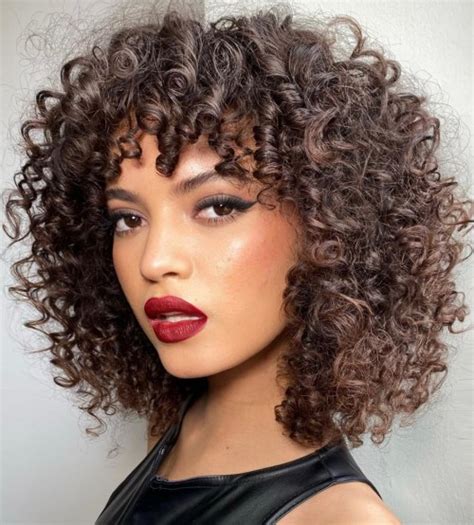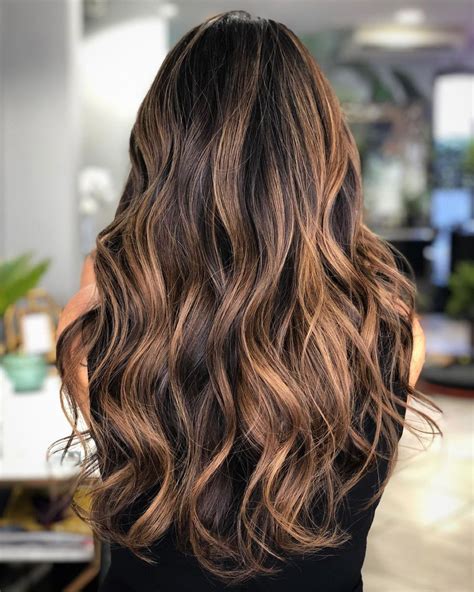Discover ways to understand your hair type, use the Curly Girl Method, hydrate with natural oils, avoid heat damage, and style protective hairstyles for waves.
Understanding Your Hair Type
Contents
If you have naturally wavy hair, it’s important to understand your hair type in order to properly care for it. Wavy hair falls in between straight and curly hair, and can range from loose S-shaped waves to tight, well-defined curls. Understanding your wavy hair type will help you choose the right products and styling techniques to enhance your natural texture.
One way to identify your hair type is by the porosity of your hair. This refers to how well your hair is able to absorb and retain moisture. Wavy hair is often found to be of medium porosity, meaning it can hold a good balance of moisture. Knowing your hair porosity will help you select the best hydrating products to keep your waves looking their best.
Another factor to consider is the thickness of your hair strands. Fine wavy hair tends to be more prone to damage and can easily become weighed down by heavy products, while thick wavy hair may require more moisture and hold when styling. Understanding the thickness of your hair will guide you in choosing the right hair care products and styling techniques.
It’s also important to take into account the curl pattern of your waves. Some wavy hair may have a looser pattern, while others may have a tighter, more defined curl. Understanding your specific curl pattern will help you determine the best way to care for and style your wavy hair.
The Curly Girl Method
The Curly Girl Method is a hair care routine specifically designed for individuals with naturally wavy or curly hair. This method promotes the use of sulfate-free products and encourages the avoidance of heat styling tools. By following the Curly Girl Method, individuals with wavy hair can enhance their natural texture and achieve healthier, more well-defined curls. To get started with the Curly Girl Method, consider co-washing your hair with a cleansing conditioner instead of using traditional shampoo. Additionally, be sure to incorporate silicone-free styling products to help define and hydrate your waves. Giving the Curly Girl Method a try can lead to beautiful, natural-looking wavy hair without the need for excessive heat styling or harsh chemicals.
One of the key principles of the Curly Girl Method is embracing the concept of squish to condish. This technique involves squeezing excess water out of your hair after applying conditioner, helping to enhance the natural shape and texture of your waves. By flipping your head upside down and gently scrunching your hair while it is still wet, you can encourage more defined, bouncy waves without causing frizz. This method helps to seal moisture into your hair, promoting healthier, more hydrated waves.
When following the Curly Girl Method, it’s important to be mindful of the ingredients in the hair care products you use. Avoiding products containing sulfates and silicones is crucial, as these ingredients can strip the hair of its natural oils and weigh down the waves. Look for deep conditioning treatments and leave-in products that are rich in natural oils. Ingredients such as argan oil, coconut oil, and shea butter can help hydrate and nourish wavy hair, leaving it looking luscious and well-defined.
To maintain the health and appearance of wavy hair while following the Curly Girl Method, consider incorporating protective hairstyles into your routine. Styles such as braids, twists, and buns can help prevent damage and breakage, while also preserving the shape and texture of your waves. Additionally, reducing the frequency of heat styling and embracing your natural wave pattern can lead to healthier, more vibrant hair in the long run.
Natural Oils for Hydration
When it comes to keeping your wavy hair hydrated and healthy, natural oils are a game changer. These oils can provide essential nutrients and moisture to your hair, leaving it feeling soft and looking shiny. One of the best natural oils for wavy hair is coconut oil. It has a small molecular structure that allows it to penetrate the hair shaft and moisturize from within. Argan oil is another great option, as it is rich in vitamins and antioxidants that can help protect the hair from environmental damage.
If you’re dealing with dry, frizzy hair, olive oil can be a lifesaver. It is packed with fatty acids that can help nourish and condition the hair, leaving it feeling smooth and silky. Jojoba oil is also a fantastic choice for wavy hair, as it mimics the natural oils produced by the scalp and can help balance oil production.
In addition to these popular natural oils, there are many others that can benefit wavy hair, such as almond oil, avocado oil, and grapeseed oil. You can use these oils on their own as a pre-shampoo treatment, a leave-in conditioner, or a scalp massage oil. Alternatively, you can create your own custom hair oil blend by mixing a few different oils together.
When shopping for natural oils, it’s important to look for high-quality, cold-pressed options to ensure that you’re getting the most nutrients and benefits for your hair. Whether you’re looking to moisturize, tame frizz, or add shine, incorporating natural oils into your hair care routine can make a world of difference for your wavy locks.
Avoiding Heat Damage
Heat damage is a common concern for individuals with naturally wavy hair. Excessive use of heat styling tools such as flat irons, curling wands, and blow dryers can cause irreversible damage to the hair shaft, resulting in frizz, breakage, and loss of curl pattern. To prevent heat damage, it is important to limit the use of these tools and opt for heat-free styling methods whenever possible.
When using heat styling tools, it is crucial to apply a heat protectant spray or serum to the hair beforehand. This creates a barrier between the heat and the hair shaft, reducing the risk of damage. Additionally, using lower heat settings and minimizing the time spent using the tools can help minimize the impact on the hair.
It is also important to incorporate regular deep conditioning treatments into your hair care routine. Deep conditioning helps to keep the hair hydrated and nourished, making it more resilient to heat damage. Look for deep conditioning treatments that contain moisturizing ingredients such as coconut oil or argan oil to ensure maximum hydration.
Another tip for avoiding heat damage is to embrace air drying whenever possible. Allow your hair to dry naturally after washing, and use gentle methods such as microfiber towels or a cotton t-shirt to absorb excess water without causing friction or damage to the hair strands.
Protective Hairstyles for Waves
Protective hairstyles are an essential part of a wavy hair care routine. These hairstyles help to minimize manipulation and reduce the risk of damage to delicate wavy strands. One popular protective hairstyle for waves is the pineapple updo. This involves gathering all of the hair at the top of the head and securing it with a scrunchie or hair tie. This style keeps the waves from getting flattened while you sleep and helps to maintain their natural shape.
Another protective hairstyle option for waves is braids. Whether it’s traditional braids, Dutch braids, or French braids, these styles can help to protect wavy hair from tangling and excessive breakage. Additionally, braids can be worn for several days, reducing the need for daily styling and manipulation.
In addition to updos and braids, buns are another great protective hairstyle for waves. A loose, messy bun can help to keep wavy hair contained and protected, while also giving off a laid-back and effortless vibe. Buns can be worn high on the head, low at the nape of the neck, or to the side, providing variety and versatility for wavy-haired individuals.
Furthermore, twists and twist-outs are protective hairstyles that can help define and protect wavy hair. Twists involve sectioning the hair and twisting each section to create defined waves, while twist-outs are the result of unraveling the twists to reveal beautiful, textured waves. These styles can be worn for several days, reducing the need for daily styling and manipulation.
Overall, incorporating protective hairstyles into a wavy hair care routine is important for maintaining the health and integrity of the hair. By choosing styles that minimize manipulation and reduce the risk of damage, individuals with waves can enjoy beautiful, defined hair while minimizing the potential for breakage and frizz.

